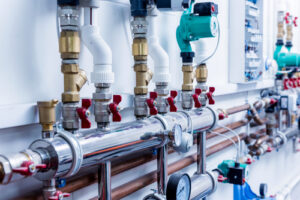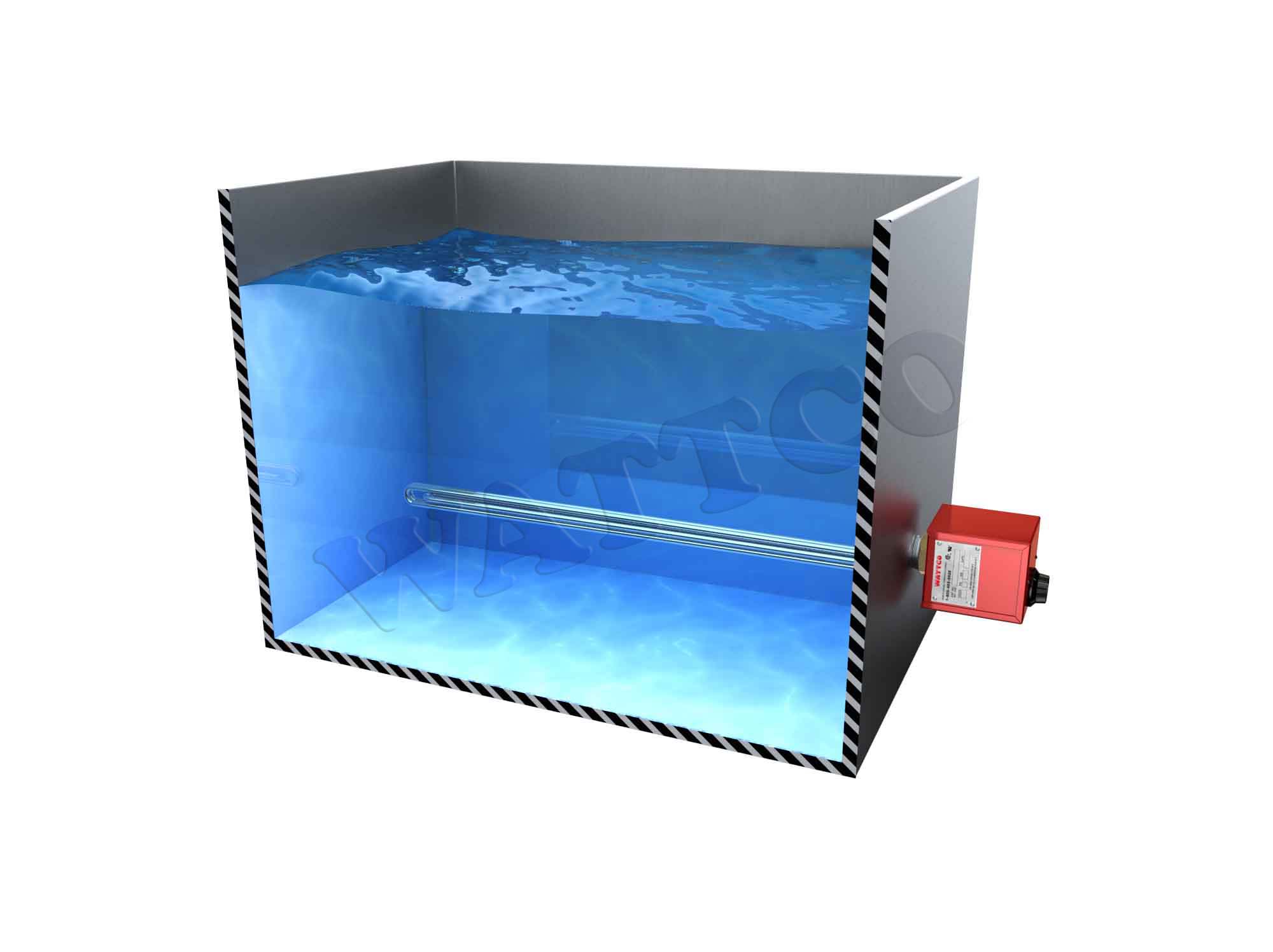Electric Heaters Work Best for Process Heating Applications
Last updated on May 8th, 2025 at 04:48 am
When you convert electrical energy into heat, the process is known as electrical heating. The best example of an electric heating device is to take a look at an electric heater which has a number of different heating applications whether it is with regards to heating oil or water or an interior space.
The core working of the electrical heater is based on the joule heating principle. Here, an electrical current that is passed through a conductor is converted into heat which is then used for industrial heating. The use of electric heaters in homes has become common for a while, but it is only now that their use in petrochemical and chemical industries has increased. This is largely due to the enhancement of product design, safety features and control measures.
Types of Heaters
There are a number of different types of electric heaters in the market. Among them, immersion heaters are one of the widely used varieties in the market. One of the reasons for their popularity is the numerous shapes, sizes, sheath materials, termination connections and accessories they are available in.
In addition to that, they can be used in a number of different applications, such as a water heating element, for different solvents and oils as well as in a number of processes, such as with molten materials, process solutions, etc. Here is a list of some of the most common types of electric heaters that are being used in the market.
1. Square Flange Heaters
These kinds of flanged heaters are typically used in a number of different applications such as heating of water in storage tanks, caustic solutions, heat transfer fluids, fuel oils, and degreasing solvents.
2. Screw Plug Heaters
Screw plug heaters, as the name suggests, are screwed to either side of the place where the fluid or chemical needs to be heated. A Screw Plug Heater is typically used in applications related to caustic cleaners, liquid paraffin, crude oils, chemical baths, hydraulic oils, anti freeze solutions and de-mineralized and processed waters.
3. Through the Side Heaters
Sometimes, heaters are required to perform in high pressure situations. The use of through the side heaters is ideal for such situations. Typically, through the side heaters are used in non pressurized tanks as well as compressed and super-heated tanks.
Also read: Electric Process Heaters within Industries
Uses of Electric Heaters
There are a number of industries that make use of electric immersion heaters primarily because they provide an efficient, reliable and safe heating solution in comparison to heating done by other techniques. One of the most common uses of electric heaters is in the petrochemical industry. Here, heaters are used to provide process maintenance, protect fluids from freezing and to pipe fluids from one place to another. This is largely down to the low cost of maintenance, low cost of setting up and greater heating control that these heaters are able to provide.
Other uses of electric heaters include, the chemical industry, where fluids such as water and chemicals that can alter form if they change state are kept ready for use through the provision of heat to them in a controlled, mild manner using electric heaters. Electric heaters have a wide variety of uses and applications. If you want more information on the topic, contact one the industrial heating experts at Wattco today!
